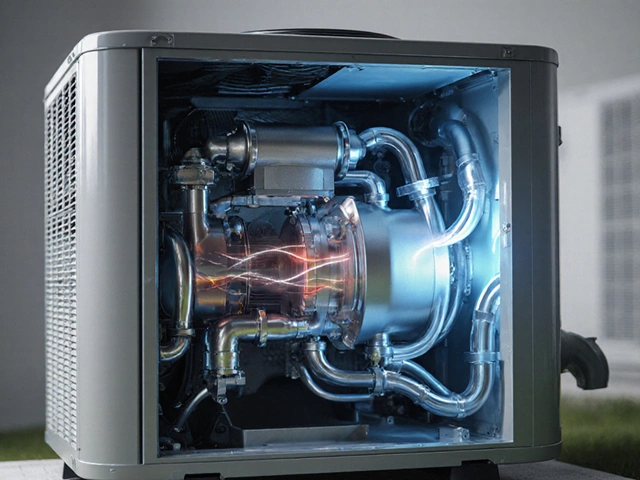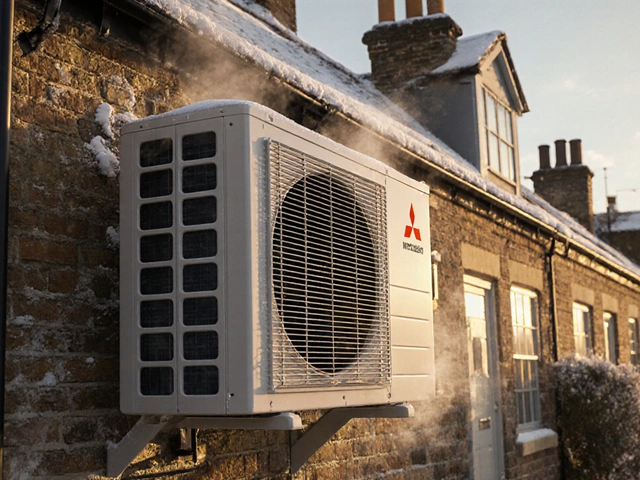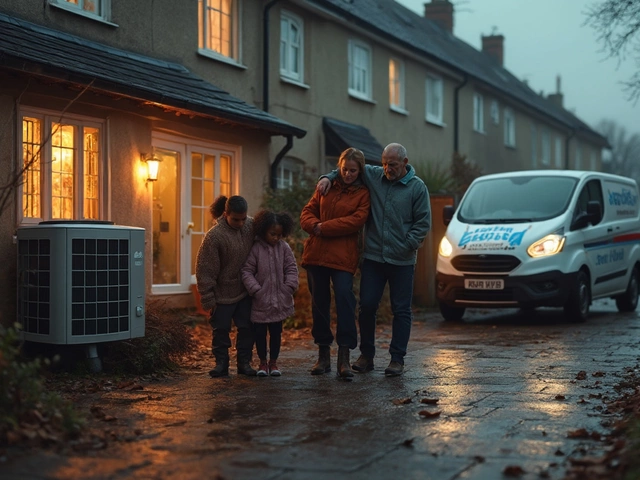Ever had a chill run down your spine when your house won’t warm up, and the thermostat keeps blinking like a disco light? That’s when you realize the star of your heating and cooling game—your trusty heat pump—might be on its last legs. The agony of a heat pump biting the dust in the dead of winter or the peak of summer is real. It’s not just a hassle; it’s a full-blown household crisis, with cold toes, sweaty nights, and a wallet licking its wounds from repair bills. So, why do these machines, built to outlast most bad weather and rowdy pets, suddenly call it quits? Sometimes it’s obvious, sometimes it sneaks up like a sneaky draft. There’s more to the story than a simple breakdown, and inside those metal guts lie secrets most folks don’t consider—until it’s too late.
Wear and Tear: The Hidden Enemy
Let’s get one thing straight—heat pumps aren’t invincible. Day in, day out, they’re working to move heat in and out of your house, sometimes battling temperatures they were never designed for. Every part, from those whirring fans to the silent refrigerant lines, takes a beating. Dirt, dust, and pet fur can clog up filters and fans faster than you’d believe. When airflow gets restricted, the system runs hotter and longer, which isn’t doing the compressor—the heart of the heat pump—any favors. Over time, all this strain adds up. Even the best heat pump, if ignored, is going to pick up battle scars from years on the front lines of your fight against the weather.
Compressor failures rank among the top reasons for replacement. Think of the compressor like the pitcher of your favorite baseball team. If the pitcher’s arm goes, the game’s over. When compressors fail, it’s usually because they were running too hot, too long, or started pushing against internal friction from worn bearings and electrical issues. You might hear odd clicking or humming—never a good sign. And it’s not just age that’s the culprit. Sometimes improper installation, shoddy repairs, or using the wrong type of refrigerant can cut the compressor’s career short. Want your heat pump to dodge this fate? Regular filter changes, cleaning coils, and booking tune-ups before summer or winter rush can stretch out its prime years.
Add in weather extremes—days that hover above 95°F or plunge below 20°F. Your heat pump is rated for a certain temperature range, often called the balance point. Push it too far outside that range, and it works overtime, burning out way sooner than anyone wants. Combine hard work with neglect, and you have a perfect recipe for breakdowns right when you need the system most.
Refrigerant Leaks: The Silent Killer
If the compressor is the heart, refrigerant is the blood coursing through your heat pump’s veins. Lose some of it, and efficiency falls off a cliff. Small leaks can creep up over years without a peep, gradually making the system run longer for the same results. How do you know if your refrigerant’s running low? Maybe you spot ice on the outside unit even when it isn’t that cold, or you notice air blowing, but it barely feels heated or cooled. Or your electric bill is suddenly channeling Wall Street instead of Main Street.
Here’s another kicker—adding refrigerant isn’t a cure-all. If there’s a leak, topping it up is like pouring water into a bucket with a hole. Eventually, the compressor tries to work with what little’s left, getting hotter with each cycle until… bang. Dead compressor. EPA rules say you need a certified tech to handle refrigerants, so if you suspect a leak, grab the phone, not a can from the hardware aisle. Most leaks come from tiny cracks in the copper lines, loose connections after years of vibration, or corrosion from salty air in coastal areas. Your best defense? Having a professional check things over every spring and fall. If you live near the ocean, rinse your outdoor unit with a hose now and then. Salt does nasty things to metals and can speed up leaks like nothing else.
A surprising fact: Almost 60% of residential heat pump breakdowns turn out to be caused or made worse by refrigerant leaks. That’s straight from the field work of seasoned HVAC techs. Yet, many people are totally unaware until comfort nosedives, and the repair bill lands with a thud.
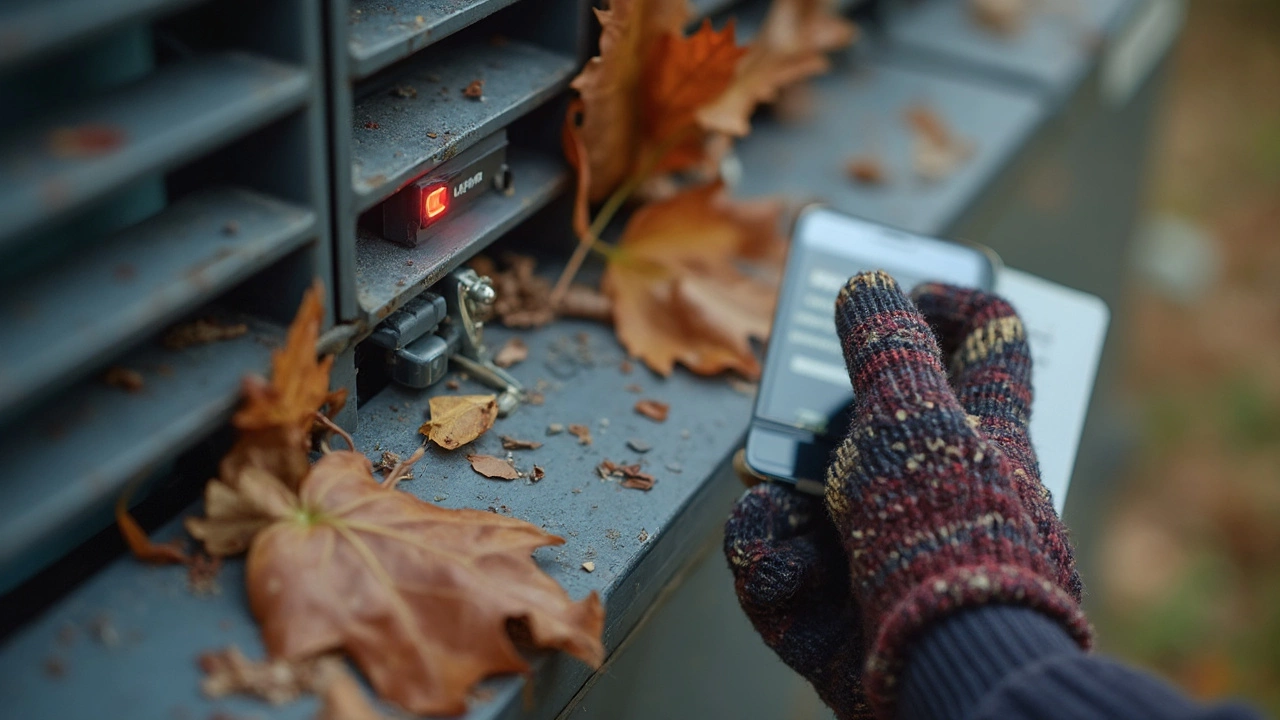
Electrical and Control Problems: When the Brains Fail
You ever flip the switch and… nothing happens? Or the heat pump works one minute, then leaves you sweating or shivering the next? Electrical and control issues aren’t flashy like a snapped belt or gushing leak, but they’re just as deadly. Inside that outdoor unit, spiders love to nest. Mice chew wires, moisture sneaks in, and corroded relays and contacts start failing to deliver the right jolt of power to the system’s moving parts. Thermostats, which used to be just simple dials, have now become mini computers packed with sensors and settings. One weird power surge or a bad battery, and your system could be getting mixed messages, cycling off and on at all the wrong times.
If your lights flicker every time the heat pump kicks on, or you hear a sharp click but nothing else, you’re probably dealing with a control or electrical issue. Power outages, lightning strikes, and even small fluctuations in voltage can scramble the circuit board like a cheap radio picking up static. Surge protectors can help, but the best move is to make sure your wiring is up to code and that a qualified electrician or HVAC tech gives everything a once-over during maintenance.
Want a tip? If your heat pump is acting wonky, check your thermostat first. Low or dead batteries, programming quirks, or accidentally switching modes can all play havoc. Sometimes the problem isn’t in the pump at all, but in the brain controlling it.
Clogged Filters and Restricted Airflow
Here’s the carnage most folks don’t see coming: A dusty filter, left unchanged month after month. You wouldn’t run your car for years without changing the oil, right? Yet you’d be amazed by how many heat pumps limp along with filters clogged tighter than traffic at rush hour. It sounds small, but airflow is king in the world of heat pumps. When air can’t move freely, the system overheats, the evaporator coil can ice up, and the blower motor strains to keep going. If you start hearing whistling noises, a burning smell, or see frost, it’s time for a look.
Dirty ducts won’t do your heat pump any favors either. Pet hair, building materials dust (if you’ve done a renovation recently), or just old-fashioned grime can slow things down to a crawl. This means your living room might be toasty, but the bedrooms never quite get there. And if the airflow is blocked enough, sudden system shutdowns become the norm—a built-in trick to prevent bigger disasters.
Airflow issues don’t just stop at dirty filters. Outdoor units get smothered by leaves, snow, grass clippings, or stacked patio furniture. Anything that prevents good air movement can overwork your compressor and coil. Don’t let bushes grow wild around your outdoor unit. Give it at least two feet of space—and in the fall, a quick check for leaves can go a long way. Most heat pump manufacturers recommend swapping air filters every 1-3 months, but if you’ve got a busy house with kids or pets, check even more often.
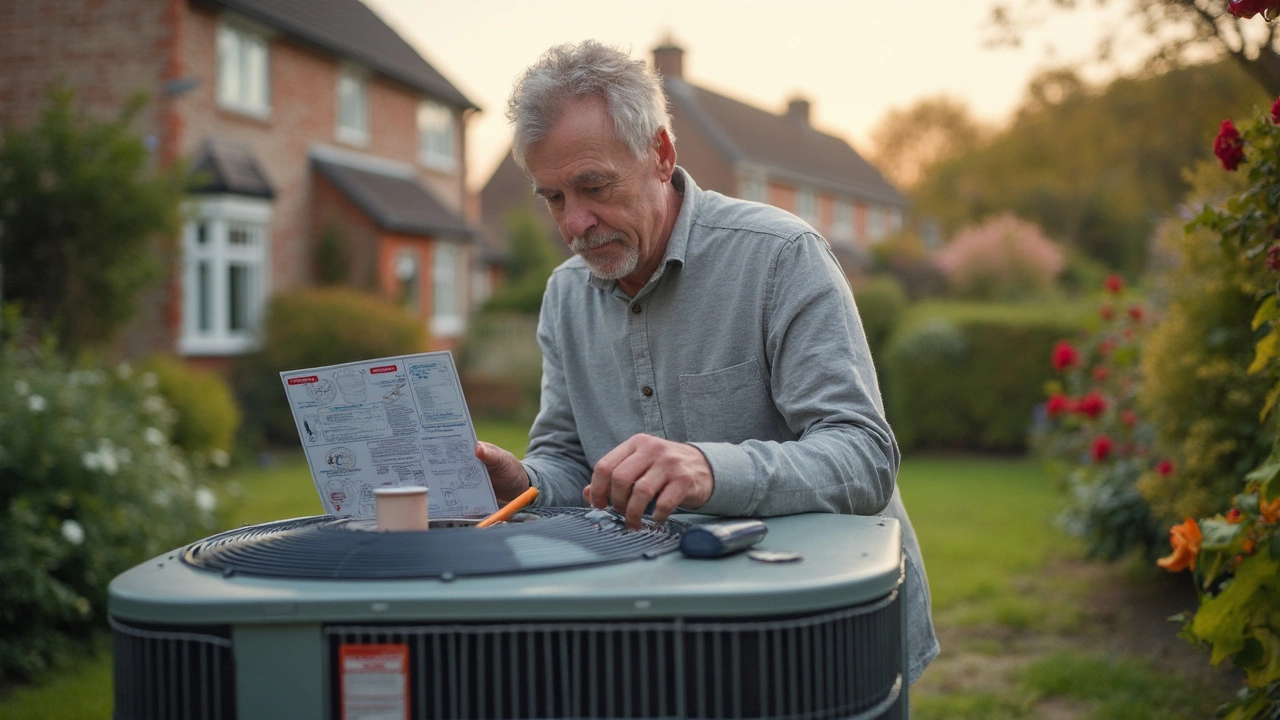
Poor Installation and Lack of Routine Maintenance
Let’s be honest, sometimes a heat pump never stood a chance. Poor installation jobs happen more than you think, and they set up even the best equipment for tough times. Maybe the unit was sized wrong, or the installer rushed through refrigerant charging. A system too small for your house will run nonstop and never quite keep up. One that’s too big cycles on and off in rapid bursts, which actually shortens its life. Sloppy wiring or worn-out parts from the start? That’s like buying a car new with bald tires.
Skipping regular maintenance—or letting small problems fester—almost always comes back to haunt you. Heat pumps are like any mechanical thing: A tiny issue caught early can cost a few bucks, while ignoring it can rack up a four-figure repair. Think annual check-ups are a sales tactic? Not really. During a check, a good tech will spot low refrigerant, electrical issues, worn-out bearings, and even catch water drainage problems before they ruin your ceiling or your wallet.
Here’s a quick cheat sheet for long heat pump life:
- Change air filters regularly (seriously, do this every two months minimum)
- Clear debris away from outdoor unit and keep plants well-trimmed
- Schedule professional tune-ups before each new season
- Listen for strange noises and act fast—waiting rarely saves money
- Monitor your electricity bills for unexplained spikes
- Keep an eye on thermostat batteries and settings
And here’s the real deal: most heat pumps can last 10-15 years, even longer, but only if you treat them right from day one. A study from a credible HVAC trade group found proper annual maintenance can extend heat pump life by up to 40%. That’s an extra 4-6 years of toasty winters and cool summers, no surprise breakdowns in the middle of dinner parties or holiday weekends.
If you do end up needing a replacement, ask detailed questions about everything from sizing to warranty. Don’t get pushed into something bigger or fancier than you need. Efficiency upgrades sound great, but poor install or neglect puts even the best tech on a fast track to the scrap heap.
Bottom line? Keep an eye on the little things, don’t fear regular check-ups, and understand what your heat pump needs. Anytime it seems to be working harder, take notice. The difference between a bad week and a reliably cozy home often comes down to a few small habits and knowing when to call in the pros. Trust me— a little effort now saves you a world of stress later.


